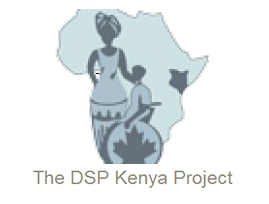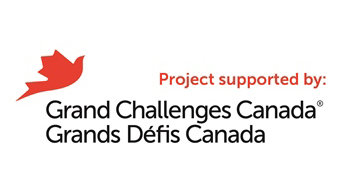1.8 – When is rehabilitation clinical intervention useful along the HIV care continuum?
Rehabilitation has important contributions to make throughout the care continuum. Although people often present for care late in their HIV disease, rehabilitation also has an important role to play in preventing disability when someone with HIV is feeling well and is asymptomatic.
Table 1.8: Rehabilitation along the HIV care continuum
| Status of the person living with HIV | |||||
|---|---|---|---|---|---|
| Feeling well, asymptomatic | Minor symptoms | Acute illness | Recovering from acute illness | Palliative | |
| Goal of rehabilitation | Prehabilitation to prevent future disability | Address specific impairments with goal of optimizing function and participation in typical roles | Address acute cardiorespiratory, neurological, musculoskeletal or other impairments to recover from acute illness | Improve function and independence to return to typical function and participation | Pain management, maintaining function to optimize comfort |
| Settings for rehabilitation | Community, Work place, Home |
Rehabilitation clinic, Community Home |
Hospital, Home |
Hospital, Rehabilitation clinic, Community |
Home, Hospice, Hospital |
| Examples | Aerobic and progressive resistance exercise prescription | Interventions to help manage impairments related to peripheral neuropathy in feet | Chest physiotherapy | Stroke rehabilitation | Specific pain management techniques, providing adaptive equipment to assist with function while patient becomes weaker |

 Previous Page
Previous Page




